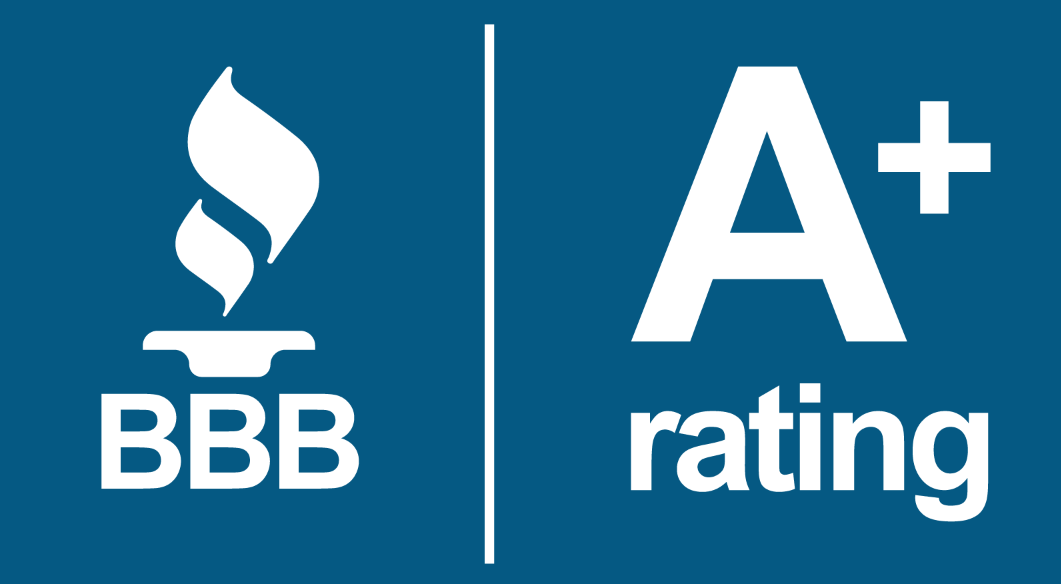Tru-Test 120 V AC DC Hydrostatic Test Pump
This Tru-Test 120V AC Hydrostatic Test Pump is a lightweight hydrostatic testing solution for standpipes, fire sprinklers, fire sprinkler system plumbing, and other water-based systems in a portable, durable metal case. With a 6 ft. electrical cord, this electric pump delivers up to 250 PSI of pressure and up to 2.2 GPM.
This Hydrostatic Test Pump includes a liquid-filled gauge, stabilizing the gauge needle for better performance and longer product life in pulsating or vibrating environments. Brass piping provides this pump with greater corrosion-resistance and lighter weight than pumps built with galvanized steel pipe, giving this kit a total weight of just 22 lbs.
This 120V AC DC Tru-Test Hydrostatic Test Pump is sufficient for small and medium-scale fire safety applications, including fire sprinkler and standpipe acceptance and revision testing, and can be used for small-scale water transfers or vent line filling in carpet cleaning, water-damage restoration, and other plumbing applications. The swiveled inlet connection and 5 ft. inlet hose make connecting a water source easy from any angle.
How are hydrostatic test pumps used in fire protection?
In fire protection, hydrostatic test pumps are used to perform critical testing on various pressure-containing components of fire suppression systems. These pumps are utilized to subject fire hoses, fire extinguishers, sprinkler pipes, pressure tanks, and other pressurized equipment to higher-than-normal operating pressures to verify their structural integrity and ability to withstand the pressures they may encounter during firefighting operations.
By conducting hydrostatic tests, fire protection professionals can ensure that these components are free from leaks, cracks, or weaknesses, ensuring their reliability and effectiveness in the event of a fire emergency. Regular hydrostatic testing is a vital maintenance practice to identify and address any potential issues before they compromise the fire protection system's performance, ultimately enhancing life safety and property protection.


















